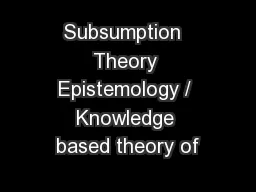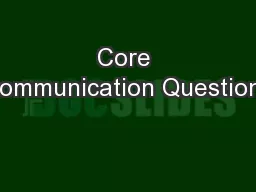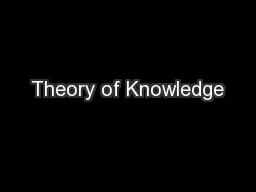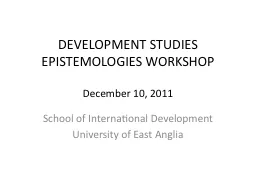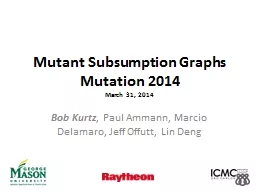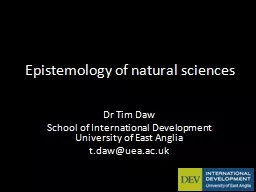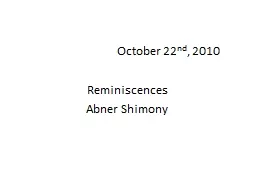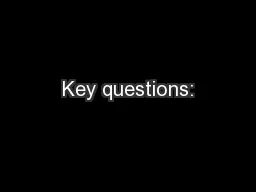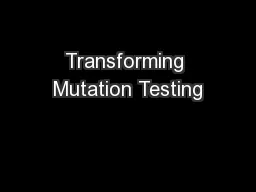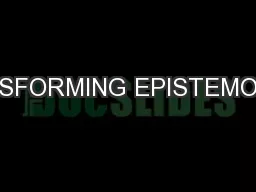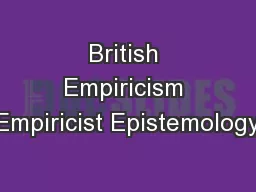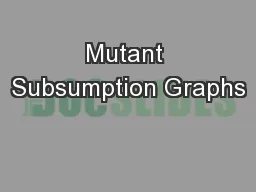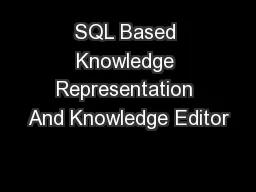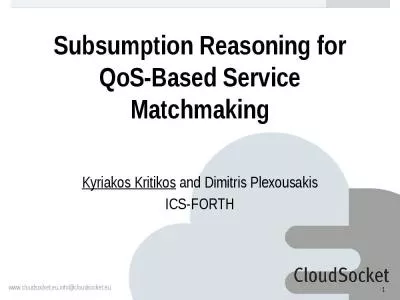PPT-Subsumption Theory Epistemology / Knowledge based theory of
Author : debby-jeon | Published Date : 2018-09-21
instructional design Prepared by Soo Pei Zhi PQM003310 QIM 501 Instructional Design and Delivery by David Paul Ausubel Biography Biography Introduction During
Presentation Embed Code
Download Presentation
Download Presentation The PPT/PDF document "Subsumption Theory Epistemology / Knowl..." is the property of its rightful owner. Permission is granted to download and print the materials on this website for personal, non-commercial use only, and to display it on your personal computer provided you do not modify the materials and that you retain all copyright notices contained in the materials. By downloading content from our website, you accept the terms of this agreement.
Subsumption Theory Epistemology / Knowledge based theory of: Transcript
Download Rules Of Document
"Subsumption Theory Epistemology / Knowledge based theory of"The content belongs to its owner. You may download and print it for personal use, without modification, and keep all copyright notices. By downloading, you agree to these terms.
Related Documents

